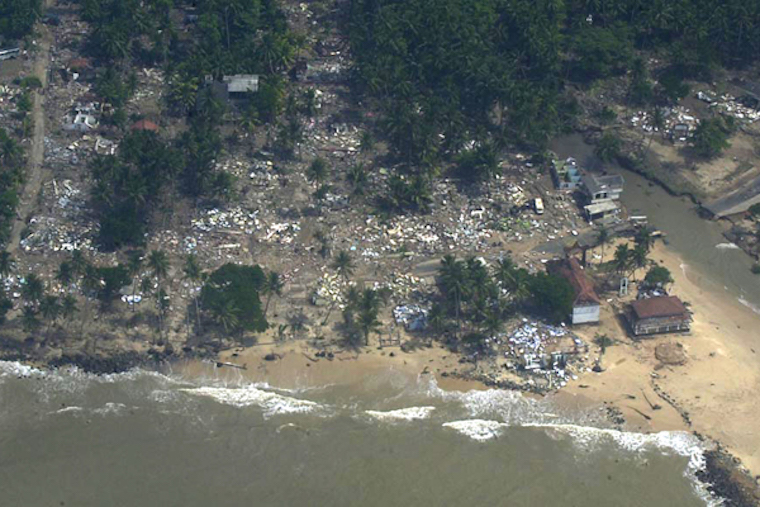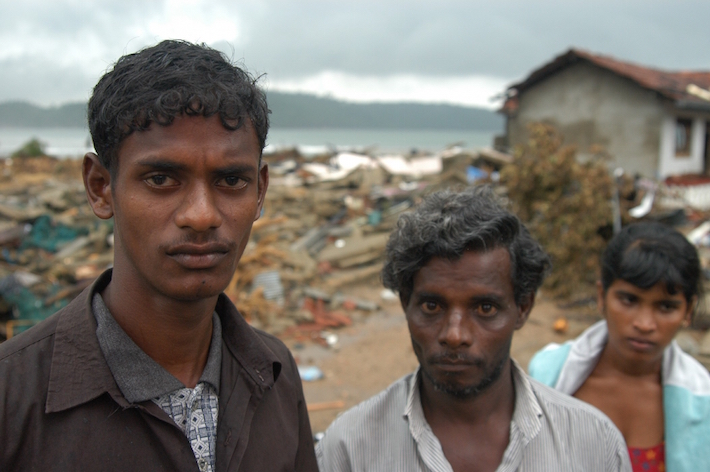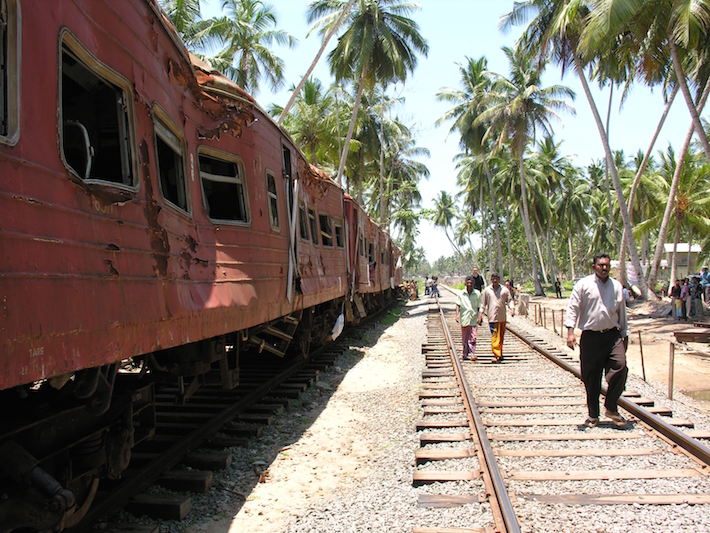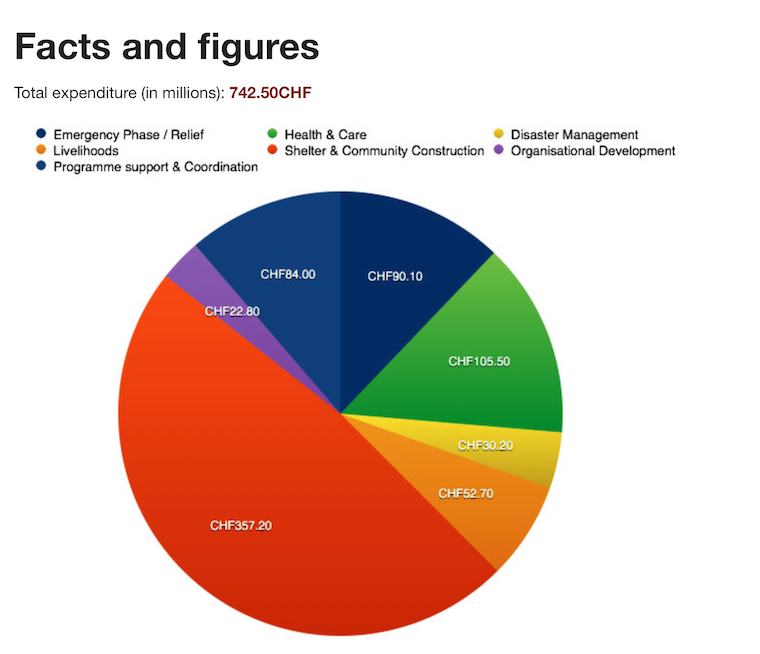Remembering the lives lost, ten years on…..
26/12/2014 – Colombo, Sri Lanka: The Sri Lanka Red Cross Society today commemorated the tenth commemoration of the Indian Ocean Tsunami that swept across the island nation ten years ago, killing over 35,000 people and affecting over two million.
Today the President of the Sri Lanka along with the Governance observed two minutes of silence at 09.25 AM along with everyone in Sri Lanka as the Government led a moment of silence to pay respects to the people who lost their lives.
The tragedy 10 years on
Ten years ago to the date, two hours after the 9.1 earthquake occurred off the coast of Sumatra, the tsunami struck an extremely long stretch of Sri Lanka’s coastline – more than 1,000 kilometers or two-thirds of the coast. It affected 13 of Sri Lanka’s 25 districts, including Jaffna in the north, the eastern and southern coast, and parts of the west coast as far north as Chilaw. The waves were as high as 10 meters as they hit the shoreline, and they penetrated inland up to 500 meters in many places and as far as 1 kilometer in others.
The impact was highly variable and the extent to which areas were inundated depended, to a large degree, on factors such as topography.
Widespread destruction killed over 35,000 people, destroyed 120,000 homes, leaving over 516,000 displaced in Sri Lankan alone. The government calculated that over 1 million people were affected, out of a total population of 19 million. Vulnerable groups, particularly poor fishermen living close to the shore in simple houses and shelters, bore the brunt of the impact.
The number of women and children killed was disproportionately high. Apart from the coastal communities, who were already comparatively poor in the Sri Lankan context, the tsunami compounded the vulnerabilities of those in the north and east where conflict with LTTE was ongoing.
An estimated 78 per cent of the population in the coastal district of Ampara was affected. This was highest when compared with the southern districts of Galle, Matara and Hambantota, where less than 20 per cent of the coastal population affected, albeit with scattered pockets of severe damage. The conflict-ridden area in the north was also badly hit: the coastal population affected ranged from an estimated to 80 per cent in Mullaitivu.
The cost of damage was assessed as 1.5 billion US dollars. The government later assessed the total cost of the required relief, rehabilitation and reconstruction effort at approximately 2.2 billion US dollars.
This was estimated on the basis of replacing destroyed infrastructure and to achieve full recovery. The largest funding needs were identified in the east (45 per cent), followed by the south (25.9 per cent), the north (19 per cent) and the west (10.1 per cent)
Red Cross in action
In the hours following the tsunami, volunteers of the Sri Lanka Red Cross Society was immediately on the scene providing assistance. Over 5,000 Sri Lanka Red Cross volunteers (1,850 of whom were trained in first aid) distributed relief items, food and water, and hygiene packs, administered basic first aid, helped recover bodies and trace the missing, managed accommodation of displaced people in welfare centres, and gave psychosocial support to a traumatized population.
The Sri Lanka Red Cross national headquarters despatched teams – each comprising of three doctors and six volunteers with medical supplies – to ten different districts. Within two days, reports on the situation were received from nine branches, with information about the work being undertaken by branch volunteers and members. By the end of December, 15 branches were sending similar reports.
Along with the information coming back from the teams sent from Colombo, an assessment of the situation through Red Cross sources quickly emerged and assistance needs could be prioritized.
The Sri Lanka Red Cross Society was involved in the distribution of tents and assisted with the relocation of displaced people to schools, temples and public buildings. Wells were cleaned as part of the effort to reinstate access to safe water.
The Sri Lanka Red Cross Society was also among the first to provide psychosocial support to affected families. This programme grew with the support of partner National Societies, particularly the American, Belgian and Danish Red Cross, and the Turkish Red Crescent Society.
In the end the Sri Lanka Red Cross Society along with its partner national societies, the International Federation of Red Cross & Red Crescent Societies and the International Committee of the Red Cross managed to reach over 3 million Sri Lankans with better access to water and sanitation, improved access to health and care services, providing over 35,000 housing, supporting communities to be resilient towards disasters, and ensuring organizational development.
“This is the disaster that taught everyone across this world as to what disaster management is all about” says the President of Sri Lanka Red Cross Jagath Abeysinghe. ” We were pushed to the levels we never thought was possible. After ten years on we have certainly learnt a lot and has been able to save so many lives since then from natural disasters”
T10 Summit
Meanwhile a month back the Sri Lanka Red Cross Society, along with the International Federation of Red Cross & Red Crescent Societies, the International Committee of the Red Cross organized a summit inviting all partners of the tsunami operation back to Sri Lanka in order to get a first hand experience as to how their support has impacted the people of Sri Lanka.




